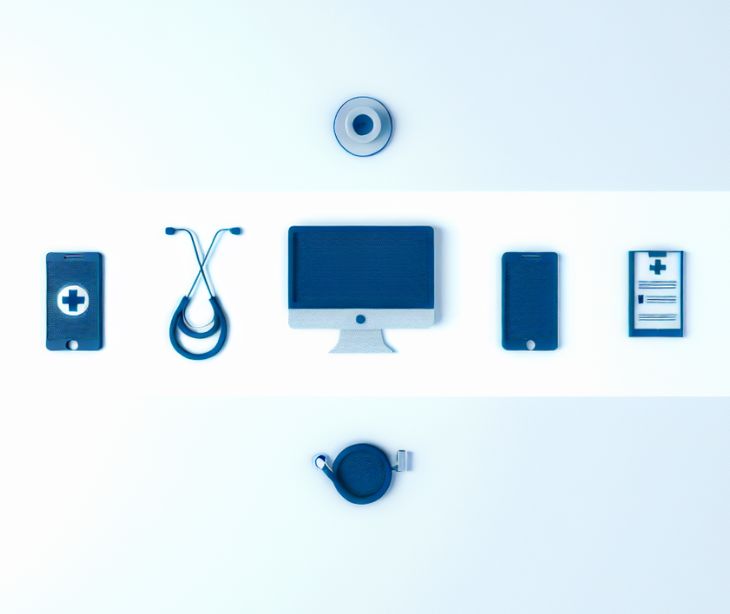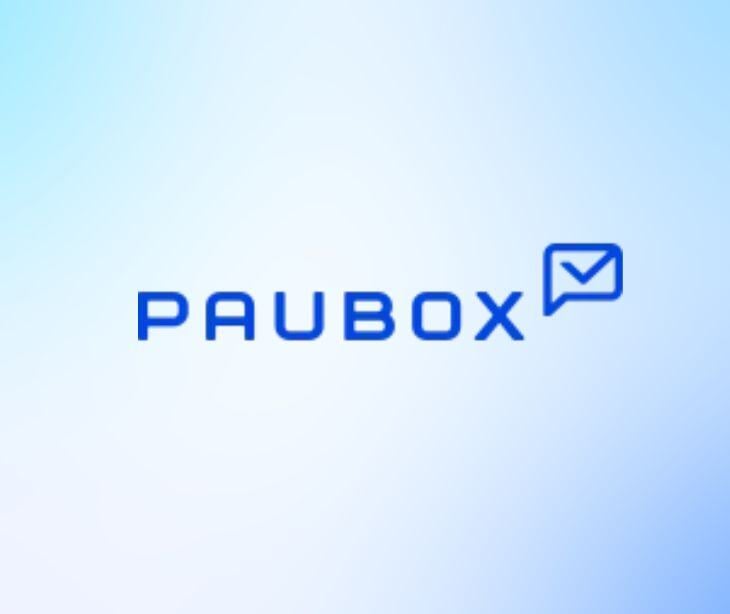
Over the years, the methods and tools through which healthcare professionals communicate with each other and patients have evolved remarkably. The evolution of healthcare communication methods has been heavily influenced by technological advancements, changing patient expectations, and the need for efficient, effective, and secure communication among healthcare providers.
Communication methods
Face-to-face communication
Historically, healthcare communication primarily occurred through face-to-face interactions between patients and healthcare providers. This method allowed for direct, personal communication but was limited by geographical constraints and scheduling issues.
Telephone
The invention of the telephone revolutionized healthcare communication by enabling patients to communicate with healthcare providers remotely. Telephone consultations, appointment scheduling, and follow-up discussions became common, improving accessibility to healthcare services.
Written correspondence
Written correspondence, such as letters and memos, was commonly used for communicating non-urgent matters between healthcare providers and patients. This method allowed for detailed communication but was often slow and limited by the reliability of postal services.
Fax machines
Fax machines were widely adopted in healthcare settings for sending medical records, prescriptions, and other documents securely and quickly. While faxing was faster than traditional mail, it still had limitations in terms of image quality and security.
See also: Can I send a HIPAA compliant fax? Yes, but you should use email instead
Pager systems
Pager systems were commonly used in healthcare settings to alert physicians and other staff members about emergencies or urgent matters. However, pagers had limited functionality and required users to be within range of a pager network.
With the widespread adoption of the internet, email became a popular communication tool in healthcare, with more than 200 billion emails sent each day worldwide. Healthcare providers began using email for non-urgent communication, appointment reminders, and sharing information with patients. However, email communication raised concerns about privacy and security due to the risk of unauthorized access to sensitive information.
Read more: The ubiquity of HIPAA compliant email in healthcare
Electronic health records (EHRs) and health information exchange (HIE)
The transition from paper-based medical records to electronic health records (EHRs) revolutionized healthcare communication. EHR systems allow healthcare providers to access and update patient information securely and efficiently, improving coordination of care and reducing errors. Health information exchange (HIE) platforms enable the sharing of patient health information among different healthcare organizations, further improving communication and care coordination.
Telemedicine and telehealth
Advances in telecommunications technology have led to the widespread adoption of telemedicine and telehealth services. These services enable patients to consult with healthcare providers remotely through video conferencing, telephone calls, or secure messaging platforms. Telemedicine has expanded access to healthcare services, particularly in rural or underserved areas, and has become increasingly popular for routine consultations, follow-up care, and chronic disease management.
Mobile health (mHealth) apps
The proliferation of smartphones and mobile apps has led to the development of mobile health (mHealth) apps that enable patients to monitor their health, track symptoms, and communicate with healthcare providers remotely. These apps facilitate real-time communication and data exchange, empowering patients to take a more active role in managing their health.
Secure messaging platforms
Healthcare organizations are increasingly adopting secure messaging platforms that comply with HIPAA regulations to facilitate secure communication among healthcare providers and patients. These platforms offer features such as encrypted messaging, file sharing, and integration with EHR systems to ensure the privacy and security of sensitive health information.
See also: Introducing HIPAA compliant texting API by Paubox
Privacy and ethical considerations
As healthcare communication methods continue to evolve, so do the privacy and ethical concerns surrounding them. However, privacy and ethical concerns have been inherent in healthcare communication methods throughout history.
Here are some privacy and ethical concerns that influence healthcare communication:
Face-to-face communication
- Privacy concerns: While face-to-face communication allows for direct interaction and confidentiality within a private setting, there's still a risk of unintentional disclosure if conversations occur within earshot of others.
- Ethical considerations: Healthcare professionals must uphold ethical standards regarding patient confidentiality and consent, ensuring that sensitive information is not shared without the patient's permission.
Telephone
- Privacy concerns: Telephone conversations can be overheard, intercepted, or recorded without consent, raising concerns about the security of sensitive medical information.
- Ethical considerations: Healthcare providers must verify the identity of the caller and ensure that patient information is not disclosed to unauthorized individuals during telephone consultations.
See also:
Written correspondence and fax machines
- Privacy concerns: Written correspondence, including letters and faxes, can be lost, stolen, or accessed by unauthorized parties during transit, posing a risk to patient confidentiality.
- Ethical considerations: Healthcare organizations must implement secure methods for transmitting and storing written correspondence to protect patient privacy and comply with regulations such as HIPAA.
See also: Does HIPAA allow faxing?
Pager systems
- Privacy concerns: Pager messages can be intercepted or viewed by unintended recipients, compromising patient confidentiality and violating privacy regulations.
- Ethical considerations: Healthcare providers should use pager systems judiciously and refrain from transmitting sensitive patient information through insecure channels.
- Privacy concerns: Email communication poses significant privacy risks due to the potential for unauthorized access, hacking, or interception of messages containing sensitive health information.
- Ethical considerations: Healthcare professionals must use encrypted email platforms and adhere to strict security protocols to protect patient data from breaches and ensure compliance with privacy regulations.
See also: HIPAA Compliant Email: The Definitive Guide
Electronic health records (EHRs) and health information exchange (HIE)
- Privacy concerns: EHR systems and HIE platforms store vast amounts of sensitive patient information, making them potential targets for data breaches and unauthorized access.
- Ethical considerations: Healthcare organizations must implement security measures, access controls, and encryption protocols to safeguard patient data and prevent unauthorized disclosure.
Read also: Ensuring HIPAA compliance when using health information exchanges
Telemedicine and telehealth
- Privacy concerns: Telemedicine platforms and video conferencing tools may lack adequate security measures, increasing the risk of unauthorized access to patient consultations and medical records.
- Ethical considerations: Healthcare providers must ensure the security and confidentiality of telemedicine sessions, obtain informed consent from patients, and adhere to privacy regulations when conducting remote consultations.
Mobile health (mHealth) apps
- Privacy concerns: Mobile health apps often collect sensitive health data from users, raising concerns about data privacy, security, and potential misuse of personal information.
- Ethical considerations: Developers of mHealth apps must prioritize data security, obtain explicit consent from users for data collection and sharing, and adhere to regulatory requirements such as the General Data Protection Regulation (GDPR) and Health Insurance Portability and Accountability Act (HIPAA).
Secure messaging platforms
- Privacy concerns: While secure messaging platforms offer encrypted communication and data protection features, there's still a risk of data breaches, unauthorized access, or misuse of patient information.
- Ethical considerations: Healthcare organizations must carefully select secure messaging platforms that comply with regulatory standards, implement appropriate security controls, and perform risk assessments to identify and mitigate potential risks.
Learn more: Choosing a communication platform for patients
Ensuring HIPAA compliance
Ensuring HIPAA compliance in healthcare communication requires a multi-faceted approach that involves implementing secure technologies, establishing robust policies and procedures, and providing ongoing training to staff. By prioritizing patient privacy and adhering to HIPAA regulations across all communication methods, healthcare organizations can maintain the confidentiality and integrity of patient information while delivering high-quality care.
FAQs
What factors have driven the evolution of communication methods in healthcare?
The evolution of communication methods in healthcare has been driven by factors such as advancements in technology, the need for improved efficiency and coordination of care, changes in patient expectations, regulatory requirements, and the growing emphasis on patient-centered care.
What are the benefits of using technology in healthcare communication?
Technology in healthcare communication offers numerous benefits, including improved accessibility to healthcare services, enhanced efficiency and coordination of care, increased patient engagement and empowerment, faster transmission of medical information, reduced errors, and the ability to reach patients in remote or underserved areas.
What are some examples of emerging communication technologies in healthcare?
Emerging communication technologies in healthcare include artificial intelligence (AI) for data analysis and decision support, wearable devices for remote monitoring and patient engagement, virtual reality (VR) and augmented reality (AR) for medical training and patient education, and blockchain for secure data exchange and interoperability among healthcare organizations.
Subscribe to Paubox Weekly
Every Friday we'll bring you the most important news from Paubox. Our aim is to make you smarter, faster.




